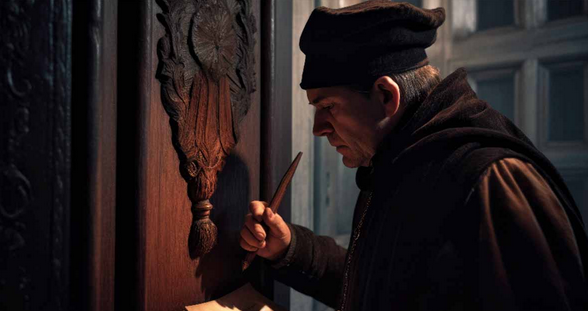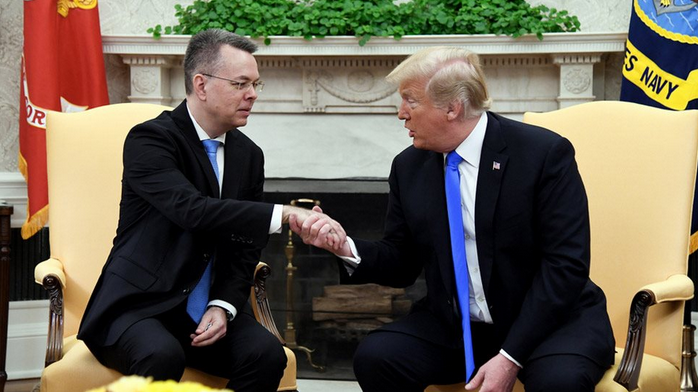The Protestant Reformation, often attributed solely to Martin Luther’s 95 theses, was a multifaceted movement with roots deeply embedded in the challenges faced by Western Christianity. Luther’s critique emerged not only from the sale of indulgences but also from his exposure to the spiritual decay in Rome during his mission. Disillusioned, Luther questioned the prevailing notion that salvation depended on both divine grace and human deeds.
The advent of the printing press facilitated the dissemination of his ideas, enabling a broader audience to engage directly with the Bible.
Simultaneously, in Switzerland, Huldrych Zwingli and later John Calvin spearheaded a reformation, echoing Luther’s sentiments but pushing the theological boundaries even further.
In England, Henry VIII’s political motives intertwined with religious reform, giving rise to the Anglican Church. These diverse movements converged to challenge the Catholic Church’s authority. The Counter-Reformation, initiated by Pope Paul III, marked the Catholic Church’s response, culminating in the Council of Trent. While attempts were made to reaffirm traditional doctrines, internal divisions hindered progress until Pope Pius IV reinstated the council in 1562. Despite efforts to quell the rising Protestant tide, the Reformation had irreversibly altered the landscape of Christianity, paving the way for diverse denominations and shaping the course of religious history.
Ozzy Osbourne has something to say about viral death videos
Source: Ancient Origins





































